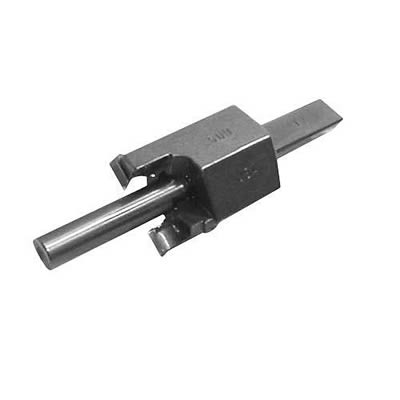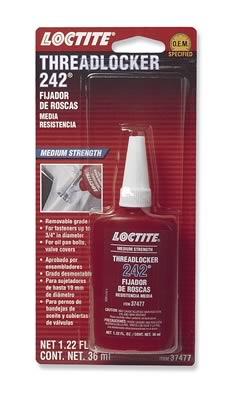The edge of the valve that interfaces with the keeper is very sharp and I want to remove the valve. Should I just pull the valve thru the seal, fully expecting to replace it or should the sharp edge be removed???
Also how do you remove the seal ??? Now I assume I could just grab it with some pliers and carefully remove it, but is there a better way ???
Seems I remember some valve springs have coils that are closer together on one end. Do they still do that ???
After looking at these springs, I can't detect anything that would indicate a top or bottom to them, anything I should be aware of when I reassemble the heads ???











